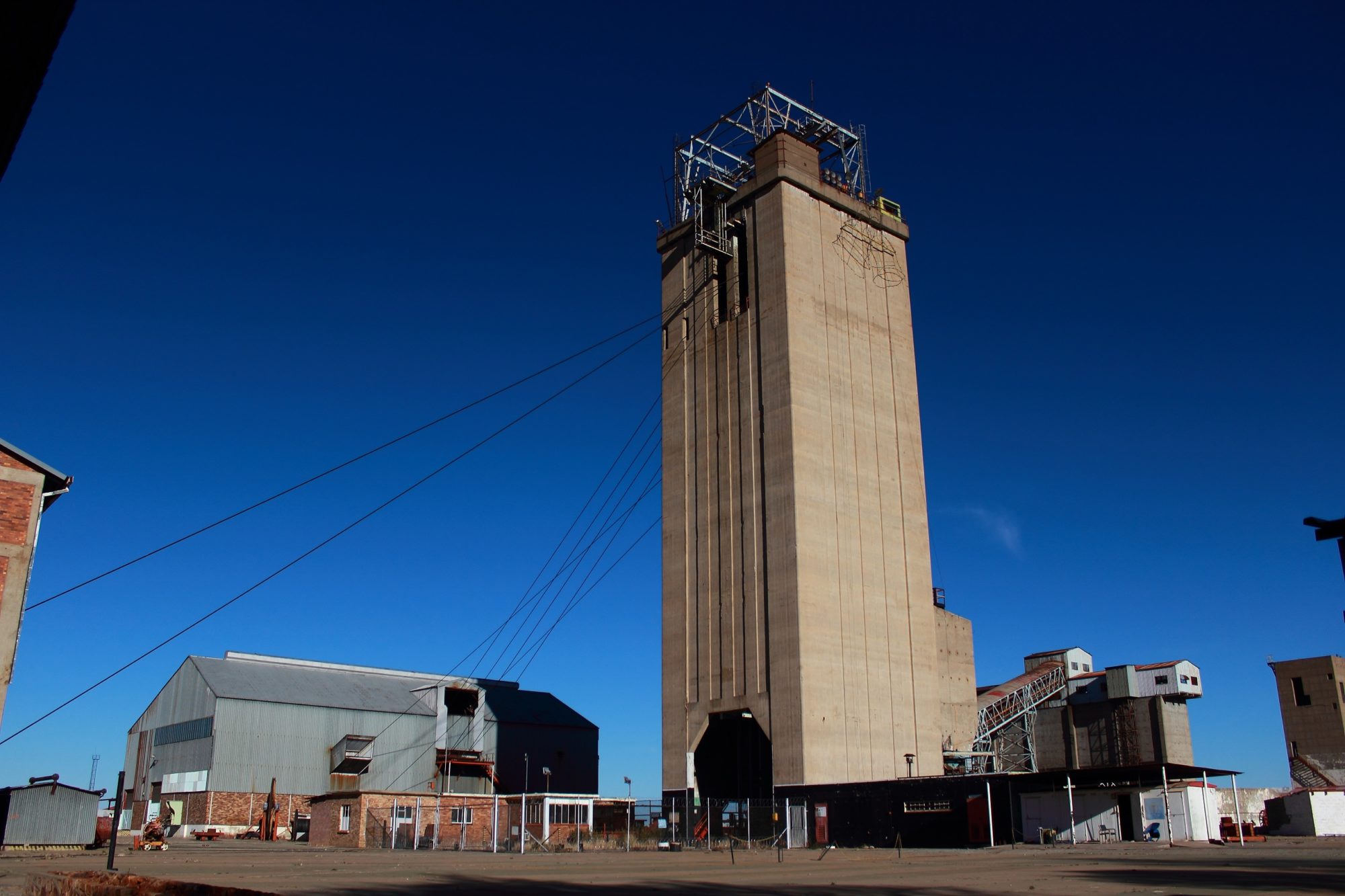China’s JCHX Mine Engineering Design Institute Co Ltd recently signed a design contract for production recovery at China African Precious Metals’ (CAPM) Orkney gold mine in South Africa, representing a further expansion in its overseas market presence.
The Orkney gold mine is located in the Witwatersrand Basin. Discovered in 1852, it has been constantly in development and is divided into 7 mining blocks, with the deepest shaft going down to 2,300 m. While it has a long history, abundant resources and high grade, Orkney gold deposit is still a deep operation which still poses great challenges with regard to mine development and production.
Executives of JCHX Headquarters and the management of JCHX Engineering Institute say they attached great importance to the work, for which they assembled a professional team consisting of experienced engineers with an international background and led by renowned experts. “The team spared no effort to proceed with preliminary design works and fully utilised the experiences and technical advantages built up over the past 20 years in terms of mining optimisation and efficient construction of ultra-deep shafts.”
Despite the COVID-19 pandemic, the team managed to complete the data vectorisation of historical works, information extraction and modelling of underground development works, modelling of the orebody and ore grade, selection of mining methods and mining equipment, plus a tentative determination on the main production level and initial stoping area. In addition, estimation on the hoisting capacity of Number 6 & 7 shafts was completed.
The mining method to be employed is conventional scattered breast mining consisting of the standard deep level underground stoping layout, for extraction of narrow generally flat dipping gold reefs occurring deeper than 500 m below surface.
CAPM proposes to recommence operations intially at the Number 7 Shaft. The shaft will be dewatered and the shaft reconditioned with depth. Once mining commences there, the dewatering of the Number Shaft will commence and the shaft reconditioned with depth, after which mining within the Number 6 Shaft will start. Approximately two years later CAPM says it will investigate the viability of recommencing mining operations within the Number 4 Shaft and the Number 1 Shaft.
The Orkney mine has a chequered history. The seven shafts that constitute the mine initially formed part of the Anglo American Vaal Reef Operation. The ownership of the shafts then changed to African Rainbow Minerals (ARM). In October 2003, ARM merged with Harmony Gold and the mine’s name changed to the Harmony Orkney operation. Pamodzi Gold bought the operations from Harmony Gold in March of 2008, however Pamodzi was provisionally liquidated in March of 2009 and final liquidation was granted in October 2009. In late 2009, Aurora Empowerment Systems took over management of the Orkney operations. The operations remained dormant until 2011, when Pamodzi Gold entered into a sales agreement with CAPM in August 2011.











